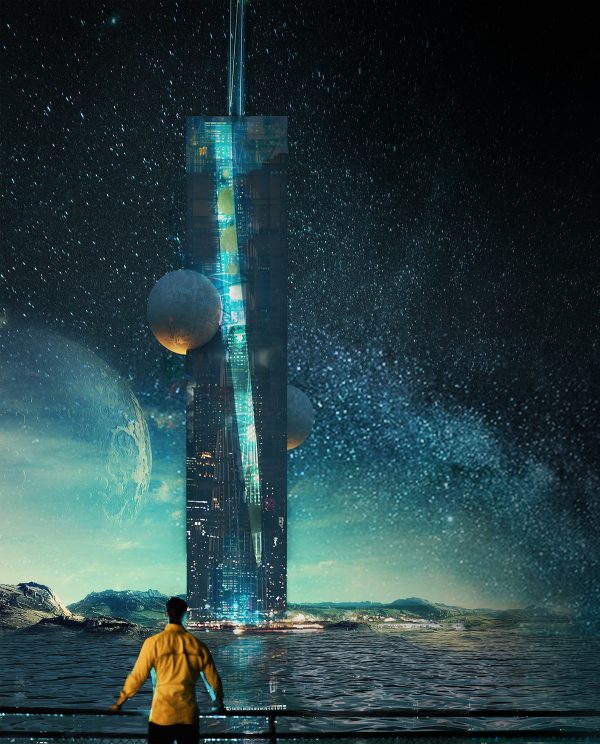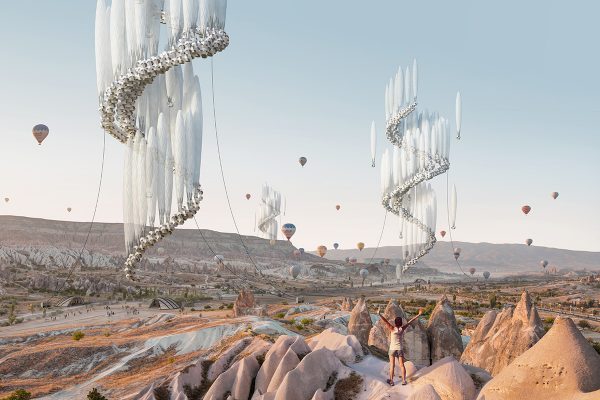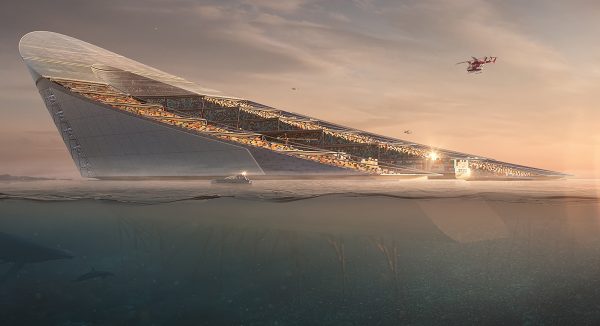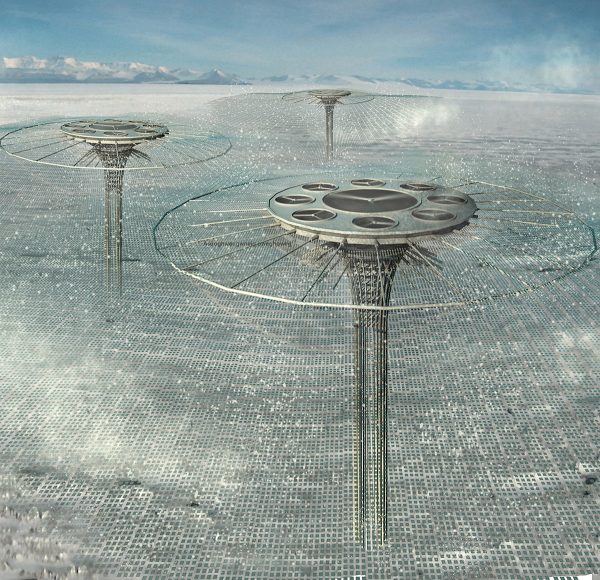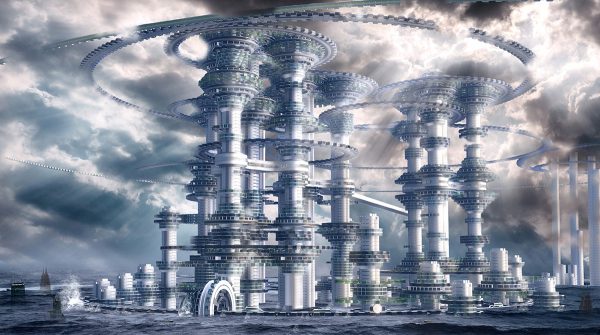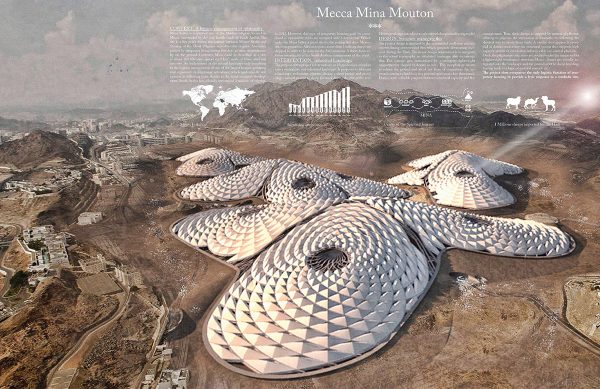Editors’ Choice
2019 Skyscraper Competition
Abdulkarim Fattal, Baran Akkoyun, Burcu Kismet, Gorkem Kinik, Martyna Katarzyna Duras, Pinar Beyazit, Sena Polatkan
Italy
Nowadays, the human impact on our planet has become the most disputed topic. In fact, every problem related to the biophysical environment, ecosystem, biodiversity and natural resources is accelerating as we continue to grow. Curiosity backfired. Countries, associations and private companies are highly investing in space related topics with an urge to find life on another planet which leads to many serious consequences. We basically pollute everywhere we go, that even outer space is littered with remains of used rockets, satellites fragments and other, which we call “DEBRIS”.
Debris can be referred to either natural debris such as asteroids and comets, or the mass of artificially created objects in space. In fact, space junk is increasingly becoming a problematic issue for both space and life on earth as they can eventually block earth’s orbit in addition to possible damage of solar planets, telescopes, trackers, satellites and other assets orbiting around our planet. Several solutions are proposed to deal with the debris problem, and one of the leading solutions is to recycle these non-working satellites. In fact, harvesting these parts is not an easy procedure. The Universe Tower will allow scientists to develop new strategies using advanced robotics and technologies to perform deeper research in order to bring these parts back home. A replica of the solar system is imagined inside the building, allowing scientists from NASA to have access to all different planets and therefore minimizing the amounts of trips to space. Each planet will have its own labs and experimental zones along with a simulation area, having the exact same conditions and environment, allowing scientists to explore further innovations, only a few steps away. Other technological solutions are proposed and placed at the top of the building, letting a direct treatment of space junk such as the Laser Broom and Space Nets. Read the rest of this entry »

